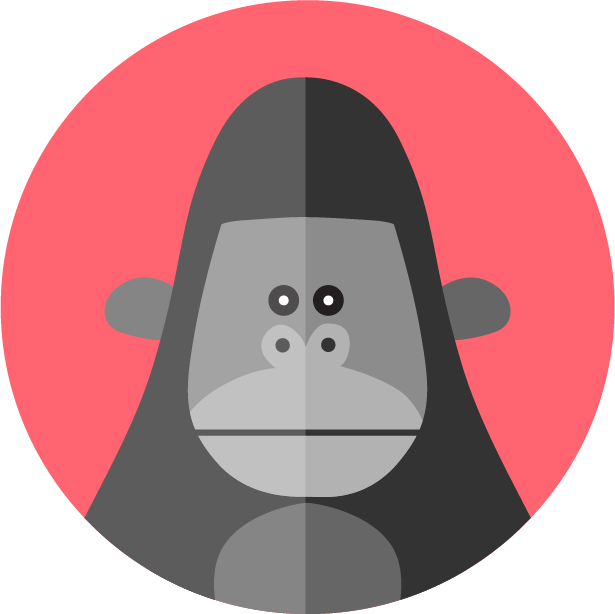MAKING 3D ITEMS - 3D MAYA
Other
Toon Shader
30 min
❗️ caution if an item with a similar style is produced using a shader other than the toon shader provided by zepeto, the sale of the item may be suspended or deleted without warning step 1 preparation 👍 before starting, make sure that the latest version of docid\ pllr2xqd6 cgcfiqq4dnt is downloaded the latest project files version 3 2 12 and higher include zepeto built in shaders zepeto toon shader provides the following features function details rendering mode you can set the rendering mode of opaque, cutout, and fade render state detail set blend mode, zwrite, cull mode (back front, front back, off duplex), etc do not touch it except in cull mode albedo albedo texture color value is displayed as basecolor in the case of a texture with alpha, you can adjust the boundary between opaque and transparent areas by adjusting the alpha cutoof value outline color you can set the color of the outline outline width you can set the thickness of the outline the thickness of the outline remains constant depending on the distance, but as the distance from the camera increases (more than 2m), the thickness of the outline also decreases default value 0 0012 recommended outline color blend controls the color of the outline and how well it blends with the basecolor default 0 4 recommended shadow color adjusts the color of the shaded area that color is multiplied by the basecolor and rendered shadow threshold adjust the shaded area shadow smooth control the smoothness of the shaded area specular color control the gloss color the color is added to the basecolor for rendering specular threshold adjust the glossy area specular smooth control how smooth the gloss spreads rim color adjust the rimlight color that color is added to the basecolor and rendered rim threshold adjust the rimlight area rim smooth control how smooth the rimlight spreads emission add emissioncolor to basecolor basecolor + (emission texture emission color) color grading adjust the color to suit the zepeto environment step 2 explore features 1\ outline control outline color you can set the color of the outline outline width you can set the thickness of the outline the thickness of the outline remains constant according to the distance, but as the distance from the camera increases (more than 2m), the thickness of the outline decreases as the distance increases outline color blend adjust the color of the outline and the degree to which it blends with the basecolor outline off option to not draw outlines outline normals source this option is used to decide whether the mesh's smooth normal information is represented as tangent or normal 2\ shading control shadow color adjust the color of the shaded area that color is multiplied by the basecolor and rendered shadow threshold adjust the area of the shaded area shadow smooth adjust the smoothness of the shadowed area shading detail controlling properties for the second tone (details are the same) 3\ specular control specular color adjust the color of the glossy part specular threshold control the area of the glossy part specular smooth control the degree to which the glossy area spreads smoothly use specular highlight turn on/off gloss expression 4\ rim control rim color adjust the rimlight color rim threshold adjust the area of the rimlight part rim smooth control how smooth the rimlight spreads use rim light turn rimlight on/off light based mask if masked is selected, the rim light will not be displayed where it is not receiving light step 3 enhance the details 1\ shadow threshold texture 👍 the details below were compared in an environment using the same shadow properties based on the 0 5 gray texture, the darker the shadow is, the brighter the shadow is when the shadow threshold texture is not used when the shadow threshold texture is used 2\ mask texture 👍 the details below were compared in an environment using the same outline property control the masking texture for outline, specular, and rim in r, b, and g channels, respectively when the shadow threshold texture is not used when the shadow threshold texture is used outline uses the r channel of the texture 👍 the details below were compared in an environment using the same specular property the r, b, and g channels control the masking textures for the outline, specular, and rim, respectively when mask texture is not used when the mask texture is used specular uses the g channel of the texture 👍 the details below were compared in an environment using the same rim properties when mask texture is not used when the mask texture is used rim uses the b channel of the texture 3\ textured brush expresses a specific pattern on the boundary of the toon shader the texture is produced based on 0 5 gray texture when the textured brush is not used 👍 the details below were compared in an environment using the same properties when the textured brush is used


